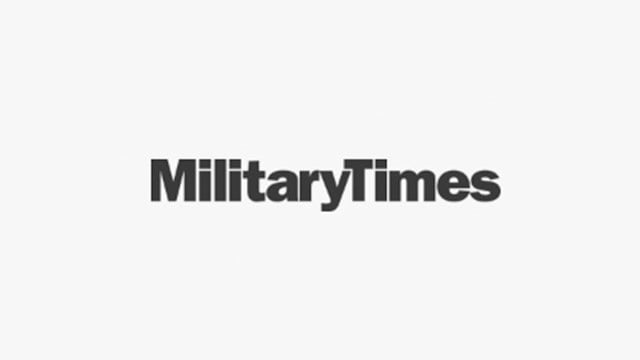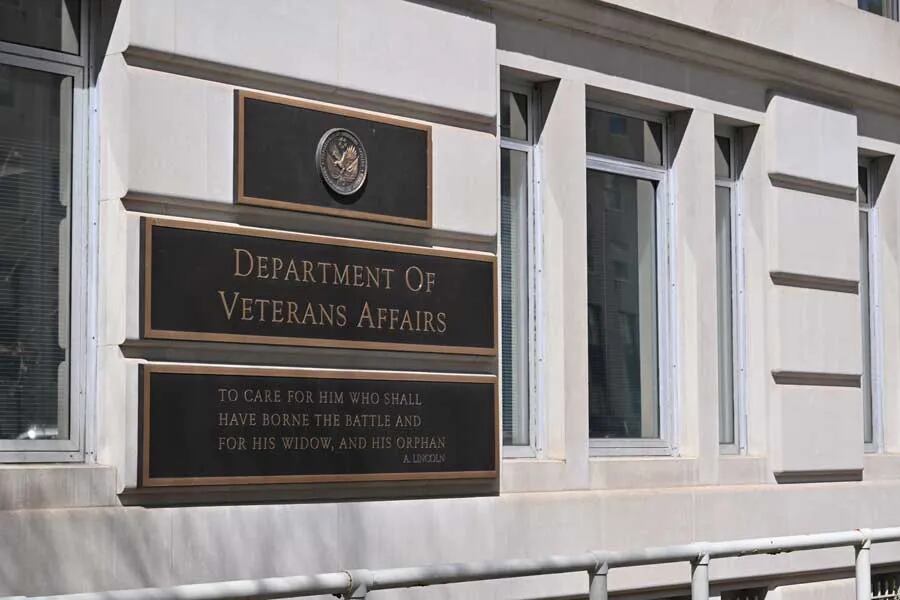The Army is seeking buy in from industry as they look to replace the Authorized Protective Eyewear List (APEL) program with a new program called the Eyewear Qualified Product List (QPL). The Army will host an MCEP QPL Industry Day Wednesday, 6/12/2012, at Fort Belvoir in Alexandria, Va.
I got excited when I saw this, thinking that the Army was going to reduce the amount of overhead it takes for a manufacturer to get eyepro on soldiers' faces. The APEL, broken down to it's most basic premise, was a way for commands to buy eyepro for their soldiers knowing that it has been vetted by PEO and it meets the Military Combat Eye Protection (MCEP) specification for protection on the battlefield. The APEL began back in 2006 and ran pretty well.
In 2010, the Army required the APEL label be placed on the box and etched into the eyewear frames. The label was a significant move forward because it made it easy for AAFES shoppers to buy the proper eyewear off the shelf should the need arise. And, the "APEL" etching on eyewear frames also makes it easy to to confirm regulation compliance during unit inspections.
It was all going so well. Deploying commands that needed to replenish eyewear could point to the APEL like an eyewear menu and get what they needed without wading through ANSI/ISEA/ASTM/DIN/ISO/YADA/YADA ratings. If it had APEL on it, it was good to go.
So why mess with it?
more I don't know for sure. But, the use of the term "FAR" in the original QPL solicitation gives me a clue. Something about the way that the Army was buying the eyewear must have been unfair to some vendors, or the government's acquisition folks wanted more visibility on the purchases, who knows.
Part of the issue with the MCEP program is that no matter what eyepro the Army insist joe's wear, joe is going to end up wearing something different since eyewear fit and fashion tastes vary widely. I had hoped the changes to the program would at least make APEL eyewear more easily accessible to soldiers by relaxing the use of the APEL indicator and allowing it to be used on commercial stocks of eyewear that meet the Army's requirements for battlefield eye protection. This would make sense since it would allow soldiers to go out and buy a set of shades that they like and still know they are getting the protection they need as long as the eyewear bears the APEL mark.
But the solicitation seems to indicate the government is going the other way. By adding Federal Acquisition Regulations, they are going to slow the process by running open competitions for APEL eyewear purchases. Further, instead of relaxing regulations regarding the use of the APEL box and frame markings, its use will remain unchanged; limited to display exclusively on DoD purchased eyewear.
This means you can go to AAFES and easily replace a pair of eyepro you ran over in the field. But, you can't go into town and buy the same eyewear, perhaps at a lower cost, simply because the eyewear in town won't bear the APEL marking; though it may be identical in every other way, including meeting the MCEP specification.
While the speed of eyewear acquisition may slow down as a result of the QPL, there is merit in the Army buying a slew of eyewear as long as they are giving soldiers at least a limited choice in what they put on their face. The Army can buy eyepro by the pallet and have gads of stock to distribute to its commands. Treating eyepro like any ammo, more than OCIE, will make it easier to replace missing or scratched eyepro, but it's going to be a while before the system builds up enough product inventory to keep up with unit demand. Then we will have to see how the system does in fulfilling requests in a timely manner. Also, and perhaps most importantly, distribution of uniform eyewear should provide every soldier with a baseline level of eye protection.
But, no matter how well the QPL works, there will always be a need to fill gaps and putting the APEL marking out in the commercial market will help soldiers easily identify eyewear that provides an appropriate level of protection for use on the battlefield.





